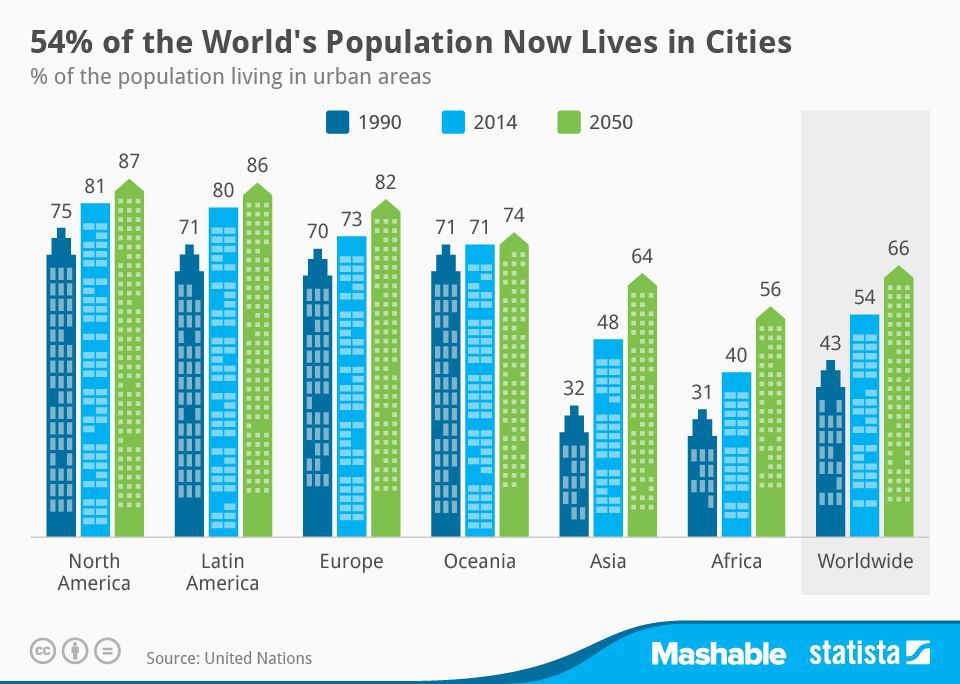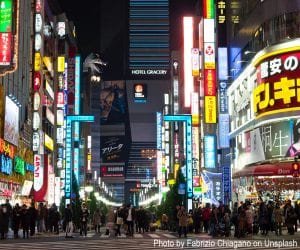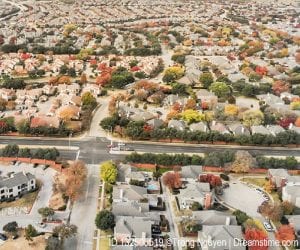While people are moving from place to place more and more, the world is undergoing the largest wave of urban growth in history. More than half of the world’s population is living in cities and this is increasing at rate of 1.5 percent. This rapid urbanization coupled with population growth is changing the landscape of human settlement, posing significant risks on living conditions, the environment, and development.
Water and sanitation: The total of number of people living in cities without safe water and adequate sanitation has continually increased because infrastructure improvements have not kept up with rapid urbanization rates. Consequently, city dwellers are at risk of damaging health issues, such as waterborne illnesses like diarrheal disease, one of the leading causes of death among children under the age of five.
Slums and informal settlements: The failure of urban planning and investment in infrastructure in the face of rapid urbanization and population growth has resulted in the development of slums and informal settlements in cities across the globe. Residents of slums and informal settlements suffer from poor housing, inadequate access to safe water and sanitation, overcrowding, and a constant risk of being removed from their homes. A lack of investments and political will to improve these informal settlements has created enduring problems for slum dwellers.
Sprawl: The phenomenon of urban sprawl, a form of urbanization, can be detrimental to both communities and the environment. With more people moving away from city centers, new construction can destroy wildlife habitat and introduce invasive plants and animals. Additionally, the dependency on cars intensifies noise, traffic, air pollution, and reduces the potential for exercise.
Migration: One of the main factors driving rapid urbanization in emerging economies is rural-urban migration motivated by social, political, or environmental reasons. This rapid influx of people into cities can exacerbate the problems of poverty, slum development, and social disruption that often affect the most vulnerable segments of the population.
Rapid urbanization matched with continuous population growth will put big pressures on infrastructure, the environment, and the social fabric of cities. How the world meets the challenge of sustainable development in the face of rapid urbanization will continue to be at the forefront of public policy.
Rapid urbanization is one of the topics for the 2016-2017 World of 7 Billion student video contest. For more information on population and rapid urbanization, check out the contest background resources.





